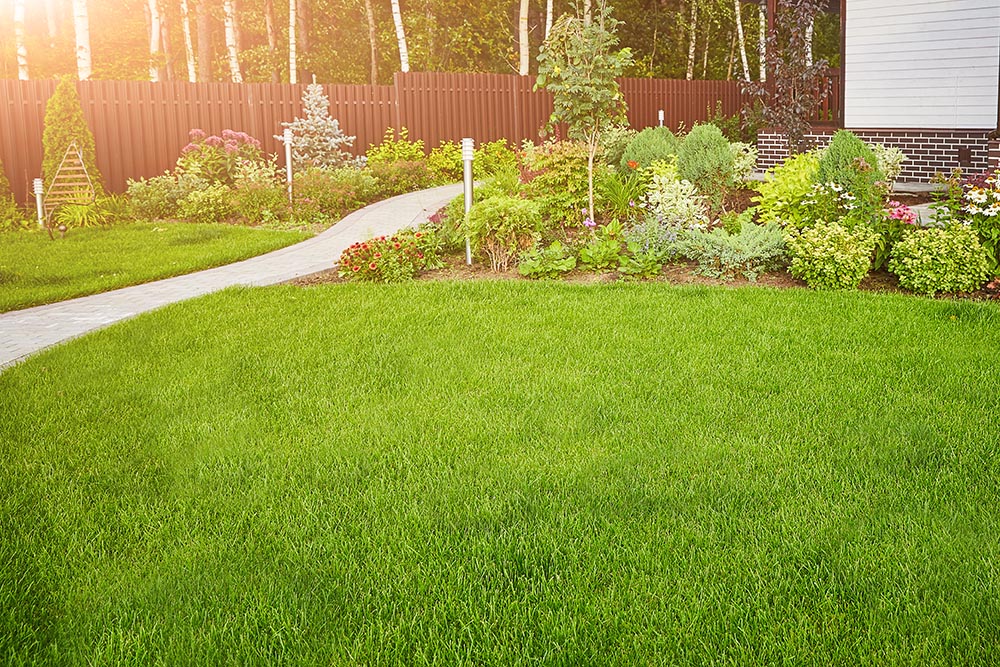Spring Lawn Maintenance Tips
Is your lawn starting to respond to the wake-up call of spring? If so, you can help get it ready. To do this, there are a few chores you must tackle. Use these spring lawn maintenance tips here to ensure your lawn is ready to thrive.
Rake
Raking your lawn in the spring will help you remove any leftover grass or leaves that did not survive during the winter months. If left alone, the dead blades will add to the thatch layer that is already on your lawn. When you rake, it will also help to loosen the clumps of matted grass that are the result of snow mold, which if not removed, can smother any new growth.
It’s best to use a spring-tine rake. Also, you need to use an upward motion to remove all the dead grass. Make sure you rake when the soil isn’t muddy and soft – if you fail to do this, you may pull up all the healthy grass crowns.
Overseed
You should fill in thin or bare spots in the lawn by overseeding it. In the later part of spring is the best time to do this for warm-season grasses. If you have cooler season grasses, fall is the right time for overseeding. When you begin this process, you need to apply a slow-release nitrogen fertilizer. Approximately five weeks after you have overseeded the lawn, make sure to apply a quick-release nitrogen feed.
Aerate
This is essential for a healthy lawn. Aeration is crucial for compacted soil. The frequency you need to aerate the lawn will be dependent on the type of soil you have and how you use the lawn. The best time to aerate warm-season grasses is in late spring or early summer. Fall is the right time to do this for cool-season grasses. However, if you did not get to this last fall, you can handle it in the early spring.
Dethatch
Spring is the perfect time to dethatch your turf. Try to do this in early spring for a cool-season grass and late spring or early summer for a warm-season grass.
Weeding
Have you noticed an overgrowth of crabgrass in your lawn? If so, apply a pre-emergent herbicide to keep the seeds that dropped last summer from starting to germinate. Remember, timing is critical for this particular application.
You should use a post-emergent broadleaf herbicide for winter and perennial weeds in warm-season lawns. You should dig or treat perennial weeds as they begin to appear in cool-season lawns, or try a product made for this specifically.
Contact the Professionals for Help
When it comes to your lawn, there are several steps you should take to ensure it remains healthy. As spring weather moves in, you need to begin taking steps to ensure your lawn has every chance to be healthy and thrive. If you aren’t sure you can handle this on your own, hire the professionals at Kansas Turfmasters. We will be able to handle all the spring lawn maintenance for you.

